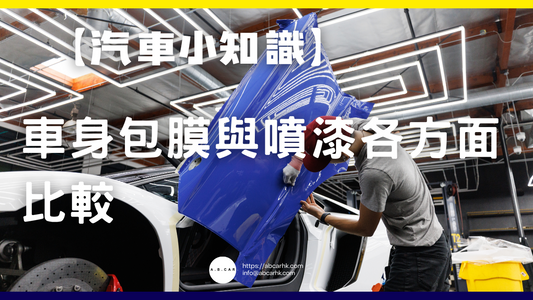[Food Tips] Why is cart noodles called "cart noodles"? Let us explain it all!

🍜 Why is cart noodles called "cart noodles"? Let me explain it all!
✨ Preface: Hong Kong’s unique street food for the masses
Hey fellow foodies~ When I think of Hong Kong street food, besides fish balls and shark fin, a bowl of cart noodles is definitely what comes to mind ! 😋
With its diverse ingredients and affordable prices, students, office workers, and night owls alike can find their own unique flavor at cart noodle stalls. But many people ask: **Why is it called "cart noodles"? Is it related to cars? **🤔
🚲 Origin of the name: Derived from "pushcart"
The Beginnings of Street Vending
The name "Cart Noodles" comes from the way it is sold .
In the 1950s and 1960s, Hong Kong's economy was still recovering, and residents generally lived in poverty. Many street vendors would push wooden or iron carts (carts) and sell noodles on the streets.
The feature is flexibility and convenience
- The vendor puts the noodle pot, soup base and ingredients on the cart.
- When customers want to eat, the vendor immediately boils the noodles in boiling water, adds soup or noodles, and then chooses the toppings.
- Because these noodle stalls all rely on carts to sell their food, people are used to calling it "cart noodles". 🚚🍲
🥢 Classic features of cart noodles
1. Choose your own ingredients
The biggest charm of cart noodles lies in its "free combination":
- Pig skin 🐖
- Fish balls 🐟
- Radish 🥕
- Shaomai 🥟
- Beef brisket 🥩
- Chicken wings 🍗
- Duck paws
- yuba, kelp 🌿
Customers can customize their meals based on their budget and taste. This "self-determination" model perfectly suits the fast-paced and personalized dining habits of Hong Kong people.
2. Variety of soup bases
- Clear soup: refreshing and not greasy
- Curry soup: spicy and flavorful
- Satay soup: rich and hearty
- Mixed soup: add as you like, full of flavor
3. Affordable price
Cart noodles are originally designed for the working class and students. You can eat a bowl of filling noodles for just a few dollars. It is cheap, delicious and authentic. 💰
📜 Historical Development
1950s: Street Origins
Cart noodles first appeared in the form of mobile vendors who pushed their carts through the streets and alleys, near factories or schools, making it convenient for workers and students to eat at any time.
1970s: Popularization
As Hong Kong's economy boomed, cart noodles remained popular, gradually becoming a fixture at street stalls. Despite their humble setting, their genuine flavor and warm, human touch made them a favorite among locals.
1990s to present: Entering the restaurant
As the government strengthened its management, the number of street vendors gradually decreased, but the culture of cart noodles did not disappear. Instead, it entered tea restaurants, specialty stores, and even high-end restaurants began to offer "nostalgic cart noodles."
🌏 The cultural significance of cart noodles
- Symbol of the common people : Cart noodles are an everyday delicacy for the grassroots in Hong Kong. They are affordable yet heartwarming.
- Free spirit : There are no fixed rules for eating cart noodles, it is entirely up to the customers to choose, reflecting the flexible and independent personality of Hong Kong people.
- Collective memories : For many Hong Kong people, cart noodles were a childhood snack after school and a comfort after working overtime at night.
- Culinary heritage : Although "che zai" is no longer common, its name and spirit still survive.
💡 Editor's Summary
I think the reason why cart noodles are called "cart noodles" is entirely because of its origin and the selling tool - the push cart . 🚲
This seemingly simple name carries the essence of Hong Kong's decades-long culinary culture. It represents affordability, flexibility, freedom, and accessibility , making it no wonder it remains so popular today. 💭
🎤 Let me tell you
👉 What's your go-to topping when you eat cart noodles? Fish balls? Beef brisket? Or curry radish? Leave us a comment! 📩



